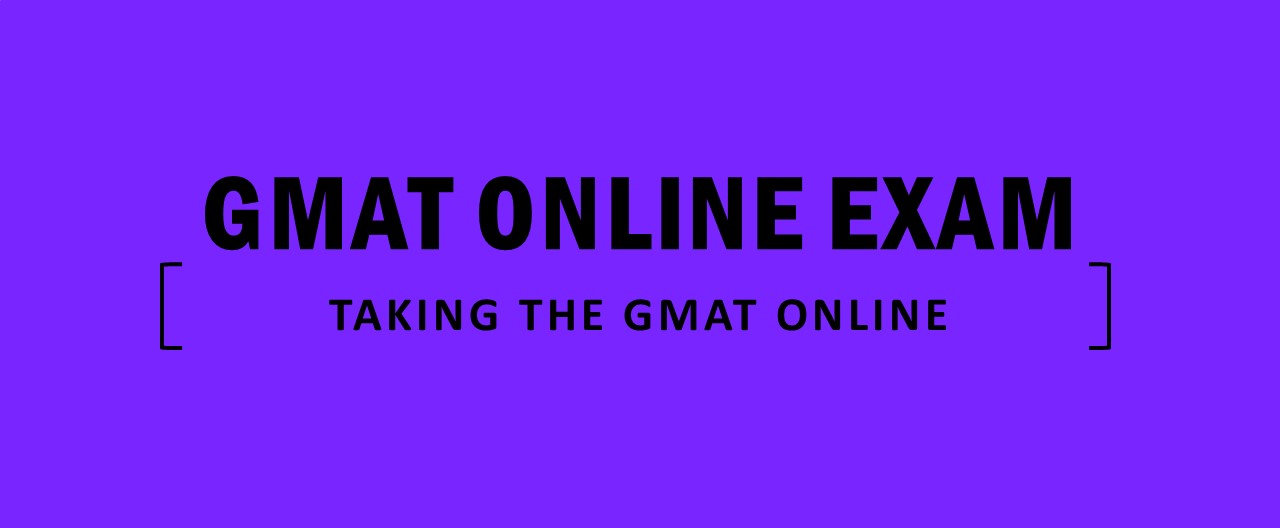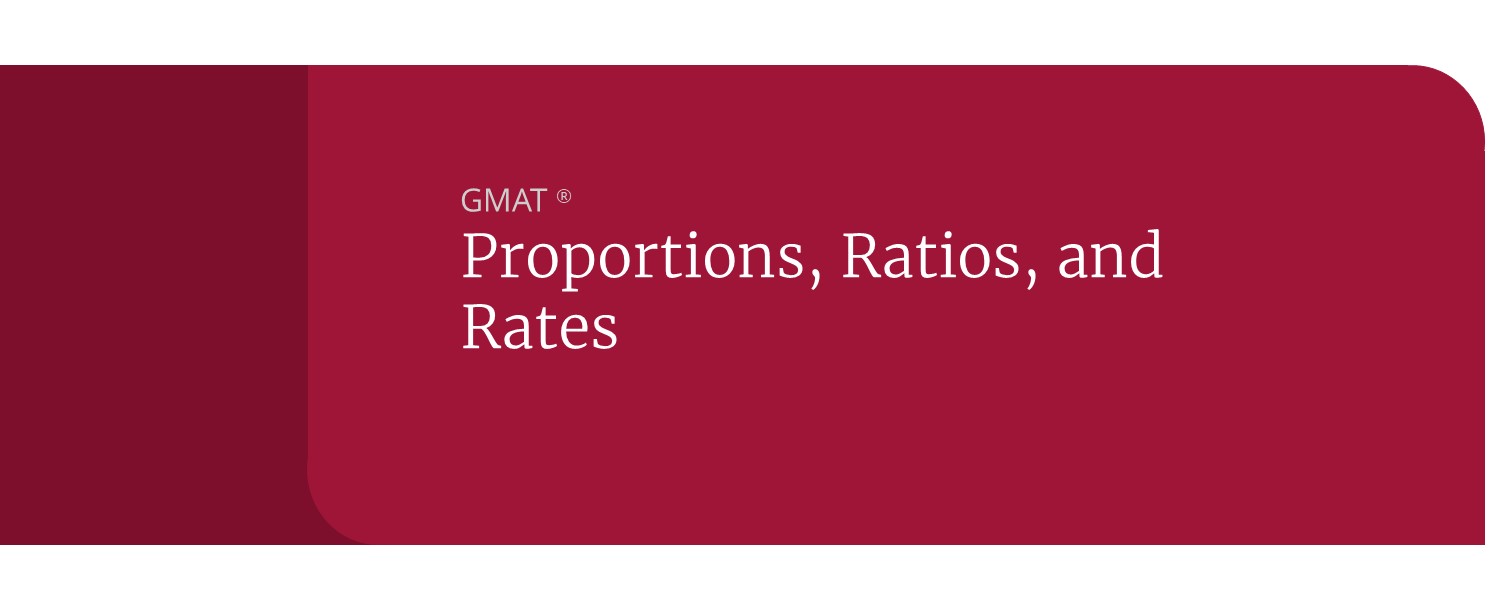What's a Good GMAT Score?
A good GMAT score is a score that will help you get admitted to the school of your choice—or, at least, a score that won’t keep you out. Here’s how to determine the score you’ll need to be competitive at your target schools.
How is the GMAT Scored?
Each section of the GMAT (Quant, Verbal, Data Insights) has its own score and the three section scores are combined into a Total score. Each subsection gets a unique score in 1-point increments whereas total scores increase in 10-point increments and always end in a 5.
Business schools typically care the most about your Total score, but they may care about some of your sub-scores (depending on the school); here are the score ranges.
- Test Section
- Total (Quant + Verbal + Data Insights)
- Quant
- Verbal
- Data Insights
- Score Range (low to high)
- 205 to 805
- 60 to 90
- 60 to 90
- 60 to 90
GMAT Average Scores for Top Business Schools
- Top-10 programs
- Total Score
- Quant
- Verbal
- Top-10 programs
- 645 to 695
- 79+
- 83+
- Top-20 programs
- 615 to 695
- 77+
- 81+
Average GMAT scores are almost the same for top-10 business schools and top-20 business schools, as you can see in the table. Overall, top-10 and top-20 programs are highly competitive, so the GMAT score averages at these schools are high.
If you are coming from certain overrepresented demographics (for example, bankers, management consultants, and engineers), a top-ranked school may want to see an 85+ from you on the Quant section.
What is a Good GMAT Score for MBA Programs?
By any measure, a Total score of 685 is an excellent GMAT score and a score of 655 is a very good GMAT score. (If you’re used to the old-GMAT scoring scales, a 685 is the equivalent of about a 730 on the old scale and a 655 is the equivalent of about a 700 on the old scale.)
But it really depends on where you want to apply. Your GMAT score is competitive if it is at or above a particular school’s average. (Competitive means that this statistic will help your chances of admission.)
Most schools publish both average scores and the full range or “middle-80%” range (the range of scores that most of their admitted students fell into, omitting outliers at the very top and bottom of the range).
Your GMAT is just one component in your overall application. If you have other attributes that really stand out, then your overall application may be competitive even if your GMAT score is not at or above the school’s average. (After all, by definition, a lot of people are admitted to a school with scores that are below average for that school.)
GMAT Score Ranges: Average, Good, and Excellent Scores
What GMAT Percentiles are Good?
The short answer: Percentiles don’t matter.
A percentile is a ranking measure. For example, if your score is in the 90th percentile, then you scored better than 90% of the people taking that test within some certain timeframe.
Percentiles change from year to year, though, depending on the pool of people taking the exam. Scores, on the other hand, don’t change—the skill level needed to earn a certain score is always that same skill level. As a result, most schools don’t scrutinize percentiles; they generally focus on scores.
How Do I Determine My GMAT Goal Score?
For a school like Stanford, which has an average GMAT score of about 685 on the new GMAT, your GMAT score is competitive if it is 685 or higher. A score at or above the school’s average is a positive attribute for your application.
But Stanford’s full range is about 585 to 785. Since the average is 685, most admitted students probably fell into about the 645 to 725 range (+/– 40 points from the average)—so you are probably still in an acceptable position if your score is 645 or higher. A score from 645 to 675 isn’t necessarily a positive, but it won’t keep you out.
What about that person who got into Stanford at the bottom end of the range, around 585? That person likely had something else pretty extraordinary on their application, and Stanford determined that the 585 was good enough in that person’s case. If this applies to you, then you may be able to get away with a goal score at the lower end of a school’s range. (This is pretty rare, though.)
Go to the websites of the schools you’re interested in and note down their reported score averages (and ranges, if available), as well as their average GPAs. If a school is still reporting its averages on the old GMAT scale, use the official mba.com Score Concordance Table (at the bottom of that page) to convert to the new scoring scale.
If your GPA is higher than a school’s average, you may be able to get away with a GMAT score that’s a bit lower than that school’s average. If your GPA is lower, then you may want to aim for a slightly higher GMAT score to offset the GPA statistic.
Next, it’s perfectly fine to apply to some reach schools, aka schools for which your statistics aren’t highly competitive. It’s common for people to apply to three categories of schools:
- Safety (1–2 schools): My stats are more than good enough for this program and the school admits a significant percentage of applicants; I will probably be admitted.y stats are more than good enough for this program and the school admits a significant percentage of applicants; I will probably be admitted. My stats are competitive for this program; I have a good chance of being admitted.
- Regular (2–4 schools): My stats are competitive for this program; I have a good chance to be admitted.
- Reach (1–2 schools): My stats are within range for this school, though on the lower end, or the school admits only a tiny percentage of applicants. But I’m going to try and we’ll see what happens
For example, if Stanford is on your list, alongside Anderson (UCLA, 615 median GMAT) and similar schools, then you might want to set your goal score at 645 (the lower end of Stanford’s “probably good enough” range) and consider Stanford your reach school.
Use the collective data to set your goal score—and then get started on your studies. (Take full advantage of free study resources.)
How Long are GMAT Scores Valid?
GMAT scores are valid for 5 years from the date of that test.
How Long Does it Take to Get GMAT Scores?
You will see your unofficial scores on the test screen as soon as you finish your exam.
GMAC, the organization that makes the GMAT, says that your official scores are typically available within 7 business days of your test date but they could take up to 20 business days. In our experience, your scores are usually available in your mba.com account within about 2 to 5 business days of the exam date. (Though it can take longer, so don’t panic if your scores do take longer.)
Can I Cancel My GMAT Score?
No, you can no longer cancel your GMAT scores—but that’s okay. They now allow you to send only the test scores that you want to send; you don’t have to send your whole testing record. So, if you’ve taken the exam twice, you can send just the scores from your first test or just the scores from your second test, your choice.
Can Schools See Canceled GMAT Scores?
Schools will only be able to see the scores that you shared with them. For example, if you’ve taken the exam twice, you can send just the scores from your first test or just the scores from your second test, your choice. (You can no longer actually cancel your scores—since you can just choose which set of scores to share.)
Will Schools Know about GMAT Accommodations?
Schools will never know that you received accommodations when taking the GMAT. You may later want to apply for accommodations at the school, but you don’t need to do that until after you are admitted.
How Do I Find My GMAT Score?
You can find your official GMAT scores in your mba.com account—just log in to your account.
Does the GMAT Still Help for Test-Optional Schools?
Yes, submitting GMAT scores to test-optional schools can give your application an advantage.
In Manhattan Prep / Kaplan’s annual survey of more than 100 business schools, nearly 80% of test-optional schools said that a competitive GMAT score would still help a candidate’s application, even though the test isn’t required at that school.
So you get the best of both worlds with test-optional schools. See how you do on the exam, and then choose which schools will get your results. If your scores are competitive for certain programs, send your scores to those schools. And (if the school is test-optional) just don’t send your scores to programs where they’re not competitive.
There are also significant possible benefits beyond the admissions decision itself. Many schools will consider GMAT scores when offering scholarships, fellowships, grants, or other financial incentives to attend that school, helping to lower your cost/debt to attend graduate school.
What’s the Best Way to Prepare for the GMAT?
Most people study for the GMAT for 2 to 6 months. If you are looking for an especially high score (655+) or an especially high score increase (150+ points), plan to spend at least 4 months getting ready for the GMAT.
First, take advantage of free material to build up your fundamentals. Manhattan Prep’s Foundations of GMAT Math live workshop and syllabus are completely free. You can also get free Kindle versions of our Foundations of Math and Foundations of Verbal ebooks.
Take a few weeks to work through whatever foundational material you need, then take a free official practice test to learn your starting scoring level (our Free Starter Kit will get you ready to take that test, including time management strategies, and tell you where to access the free official practice test).
At that point, you’ll know the gap between your starting level and your desired goal score, and you can make your prep plans accordingly: study on your own or with a friend, take a course, or work with a private tutor.




